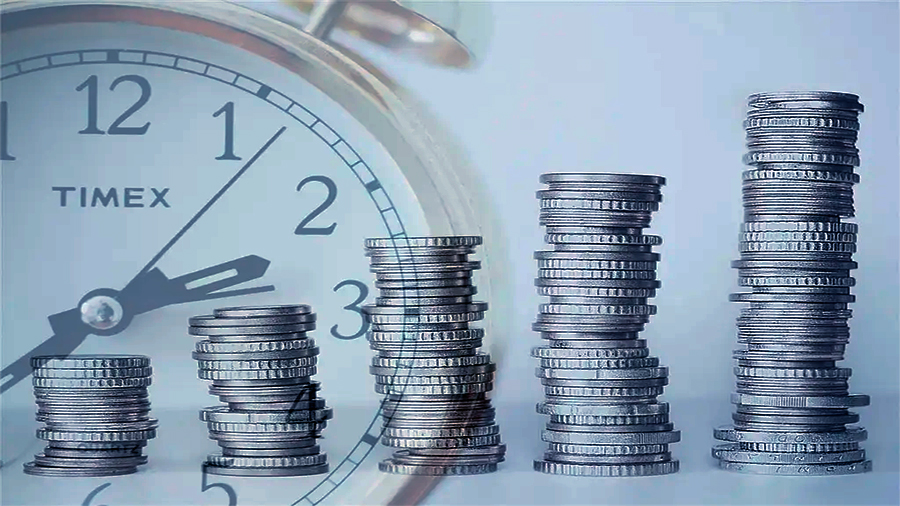
Credit Load of the Population: How It Affects the Economy of the Country
Debt isn’t just a personal problem. When enough people carry heavy credit loads, it starts to shape the economy around them. From mortgages and student loans to credit cards and personal financing, the way individuals borrow — and repay — has a direct effect on how a country grows, spends, and reacts to financial pressure. The credit burden of a population is more than just a statistic. It’s a mirror of the economy’s strength — or its hidden stress points.
What Is the Credit Load, and Why Does It Matter?
The term “credit load” refers to how much debt people are carrying relative to their income. It includes everything: home loans, car payments, credit card balances, installment loans — even buy-now-pay-later plans. When this load is light, people have room to save, spend, and invest. When it gets heavy, even small changes — like an interest rate hike or a job loss — can throw things off balance.
High household debt affects more than just family budgets. It influences how much people buy, how confident they feel, and how willing they are to take risks. And those behaviors ripple out through the economy. If people are deep in debt, they’re less likely to spend freely. That slows business growth. If they can’t repay, banks tighten lending. That limits investment. A heavy credit load isn’t just stressful — it’s contagious.
Debt and GDP: The Invisible Link
Consumer spending makes up a big part of any country’s GDP. In some economies, it’s more than half. When households borrow and spend, that activity fuels growth. Think of someone taking out a home loan — they pay a builder, buy furniture, hire movers, and keep cash moving. In that sense, borrowing helps economies expand. It acts like an accelerator during good times.
But there’s a limit. If borrowing grows faster than income, the system becomes unstable. People stop spending not because they don’t want to — but because they can’t. Payments eat up their income, leaving little for anything else. At that point, debt becomes a drag. It slows GDP instead of boosting it. That tipping point can be hard to predict — but when it hits, the effects can be sharp and widespread.

Overleveraging: When Borrowing Backfires
Overleveraging happens when people take on more debt than they can realistically manage. It might feel fine in the short term, especially when interest rates are low or incomes are rising. But if conditions change — say, rates go up or wages stall — borrowers can quickly fall behind.
This doesn’t just affect individuals. When a large part of the population struggles with repayments, defaults rise. Lenders respond by tightening credit. That means fewer loans, stricter terms, and less liquidity in the market. Business owners can’t get financing. Homebuyers get rejected. The whole cycle slows down. It’s like the brakes getting slammed on an economy that was just starting to pick up speed.
And it’s not just a theory. History is full of examples. The 2008 financial crisis, for instance, started with too much household debt — particularly in the housing sector. Once people started defaulting, it created a domino effect that reached global markets. The lesson was clear: when credit loads rise too fast, the system can crack under pressure.
Income vs. Debt: The Balance That Matters
Not all debt is bad. In fact, responsible borrowing can fuel opportunity — a mortgage to buy a home, a loan to start a business, or credit to manage temporary gaps. The real question is: how does the debt compare to the borrower’s income? If people can comfortably repay what they owe without sacrificing essentials, the system stays balanced. But when repayments take up too much of their income, the stress builds — silently at first, then all at once.
Economists watch this ratio closely. A rising debt-to-income ratio often signals growing risk. It might not crash the system immediately, but it creates fragility. One unexpected event — inflation, layoffs, or a natural disaster — can turn manageable loans into unpayable ones overnight. And if that happens on a large scale, the economy feels it hard.
The Role of Government and Central Banks
Governments track household debt as a key economic indicator. When it gets too high, they might step in with policies designed to slow borrowing — like raising interest rates, increasing loan requirements, or introducing debt limits. These tools are meant to cool the market before it overheats.
Central banks play a big role here too. By adjusting the base interest rate, they make loans more or less expensive. Lower rates encourage borrowing; higher rates make it more costly. These decisions affect everything from mortgages to credit cards — and ultimately influence how much debt households can take on.
But it’s a delicate balance. Raise rates too quickly, and you can choke off growth. Leave them too low for too long, and you risk a debt bubble. The goal is to keep credit flowing without letting it flood the system. It’s not easy — and sometimes, even the experts miss the warning signs.

How Credit Stress Shows Up in Daily Life
When households are weighed down by debt, the signs are everywhere. People delay big purchases. They stop saving. They cut back on non-essentials — travel, entertainment, even healthcare. This has a ripple effect. Businesses feel the slowdown, hiring freezes begin, and the local economy starts to stall.
High debt also increases mental stress. Studies show a strong link between financial strain and anxiety, depression, and even physical health problems. When a large portion of the population is stressed about money, productivity drops. People change jobs less, move less, and invest less. It becomes harder for an economy to stay dynamic and flexible when its citizens are weighed down.
Can Countries Grow with High Household Debt?
It’s possible — but risky. Some countries maintain high debt levels and still show strong growth. But usually, that works only when incomes are rising just as fast. If wages stall or the job market weakens, the system gets brittle. Growth becomes dependent on borrowing — and that’s not sustainable long-term.
Smart growth requires balance. Borrowing should be tied to future earnings, not just immediate needs. If people take out loans with a clear repayment path, debt becomes a tool. But if borrowing replaces income, trouble follows. The key is to grow responsibly — both at the household level and at the national level.
The Conclusion
The credit load of a population isn’t just a financial detail — it’s a signal. It tells us how confident people feel, how healthy the economy is, and how stable the future might be. When borrowing is balanced and thoughtful, it helps countries grow. When it spirals, it can quietly undermine everything. Policymakers, lenders, and citizens all have a role to play in keeping the system steady. Because at the end of the day, the health of the economy starts with the financial health of its people.

 Michael Turner is a finance expert passionate about simplifying credit, loans, and debt management. He helps readers make smart, confident financial decisions every day.
Michael Turner is a finance expert passionate about simplifying credit, loans, and debt management. He helps readers make smart, confident financial decisions every day.